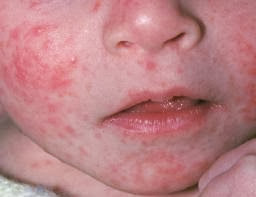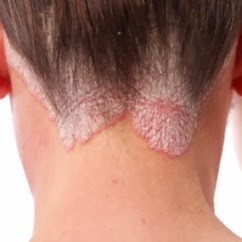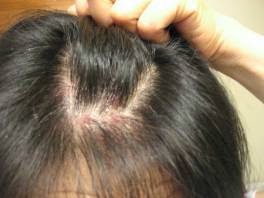Molluscum contagiosum is a standard situation the place small warty bumps (mollusca) appear on the skin. A tiny dimple typically develops on the top of each molluscum. In the event you squeeze a molluscum, a white cheesy fluid comes out. Most often lower than 20 mollusca develop. Typically many mollusca develop over numerous components of the skin.
The risk is increased by poor hygiene and in sizzling climates. It may affect anyone of any age. The mollusca can develop 2-8 weeks after you change into contaminated with the virus. Mollusca should not often itchy, painful, or serious. In just a few folks the pores and skin seems to be lighter where each molluscum had been. Sometimes, the skin subsequent to a molluscum turns into infected with bacteria. Hardly ever, a molluscum on an eyelid causes eye inflammation. Also, try to keep away from skin-to-skin contact with other people. Molluscum contagiosum is contagious until the last molluscum has gone.
What is the treatment for molluscum contagiosum for children?
It's best to focus on all remedy options with doctor. For childen with weakened immune systems, the most effective therapy seems to be drugs that assist strengthen the immune system. The mollusca will usually go away without treatment within 12-18 months. Many of the remedies will be painful (similar to liquid nitrogen).Some treatments have a threat of burning the encircling skin. All treatments have a small threat of scarring the skin. Some people request therapy if the rash is unsightly. One treatment typically used is to burst the mollusca with a sharpened orange stick or sterile needle.
In some cases, other therapy choices which may be thought-about by a physician or nurse embody: freezing therapy with liquid nitrogen; diathermy to burn off mollusca; scraping the mollusca off with an instrument referred to as a curette; touching the mollusca with various chemical substances similar to phenol. A cream known as imiquod is typically used if no different remedy works and the mollusca are very widespread.
Cryotherapy is one remedy option. Lasers also can take away molluscum bumps. In a small share of cases, pure therapeutic of molluscum contagiosum bumps lead to scars regardless of kind of therapy. Like, treatment of Arnold Chiari Malformation, it is advised to get consult to doctor and take test on your children before utilizing any of those treatments. Most of these lotions and oral medicines can be found by prescription.




















